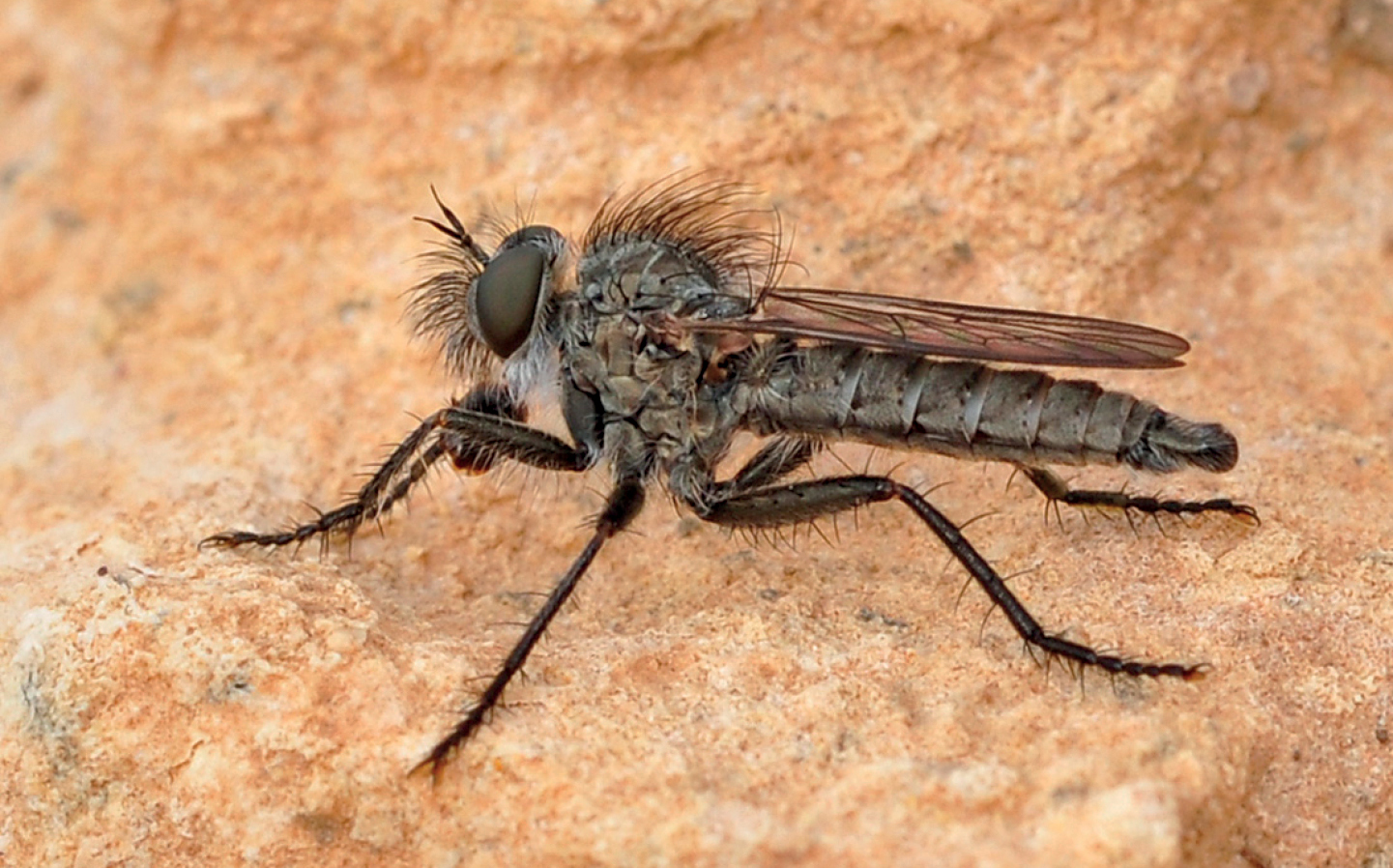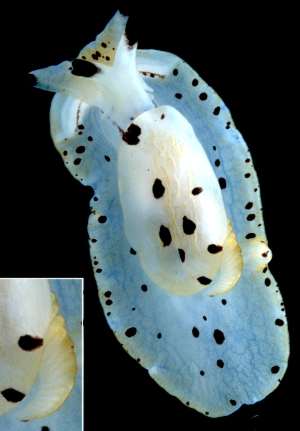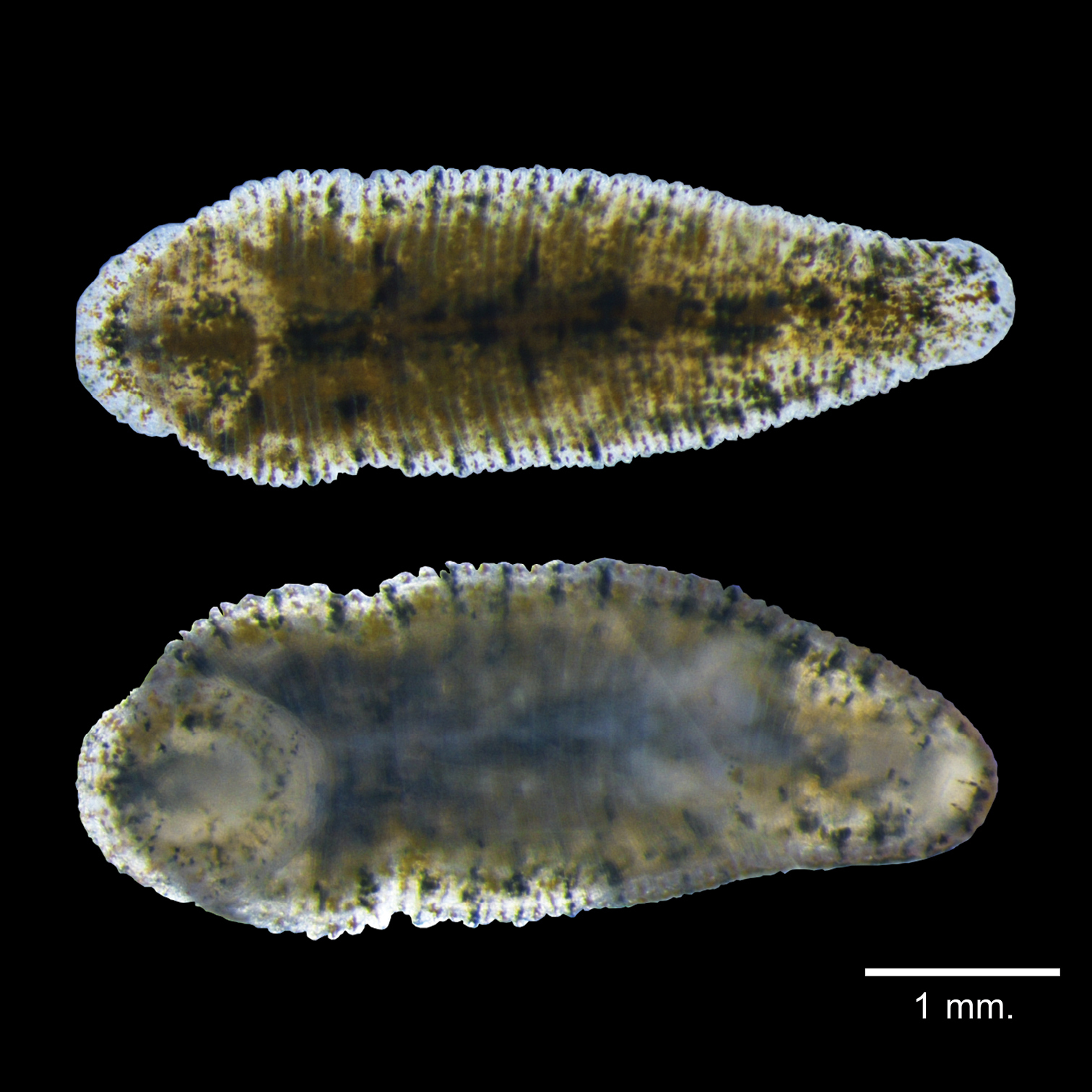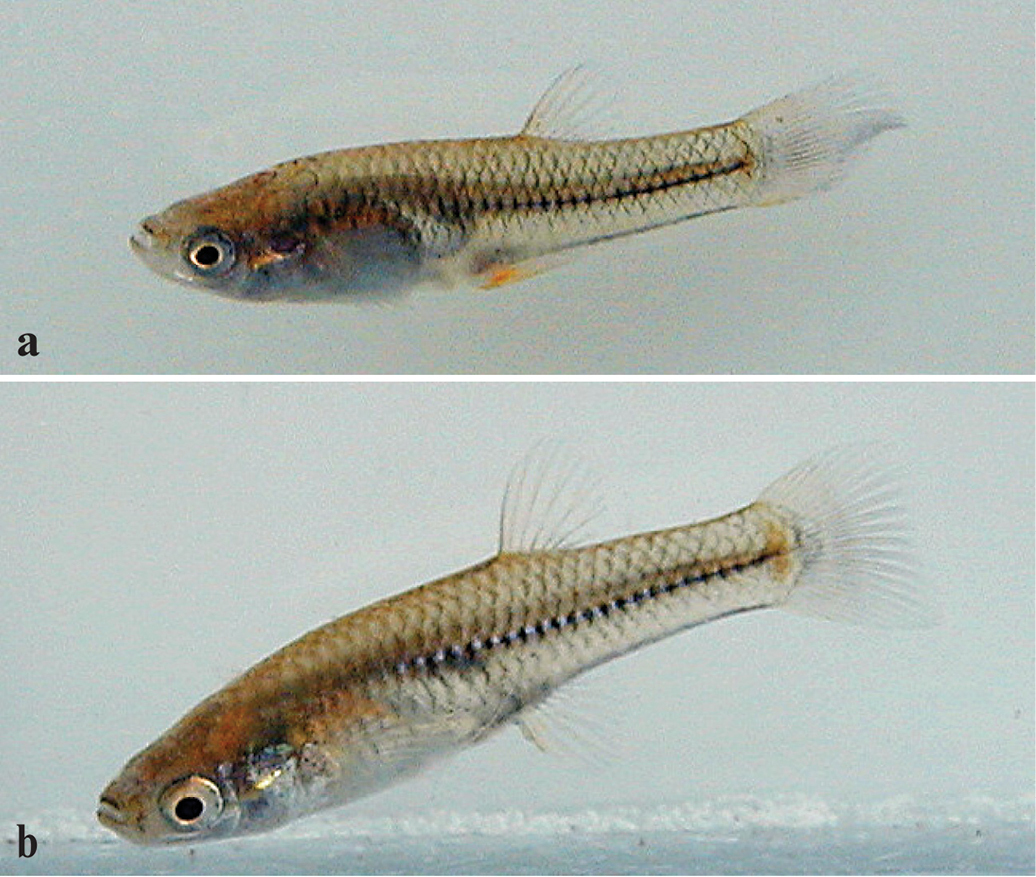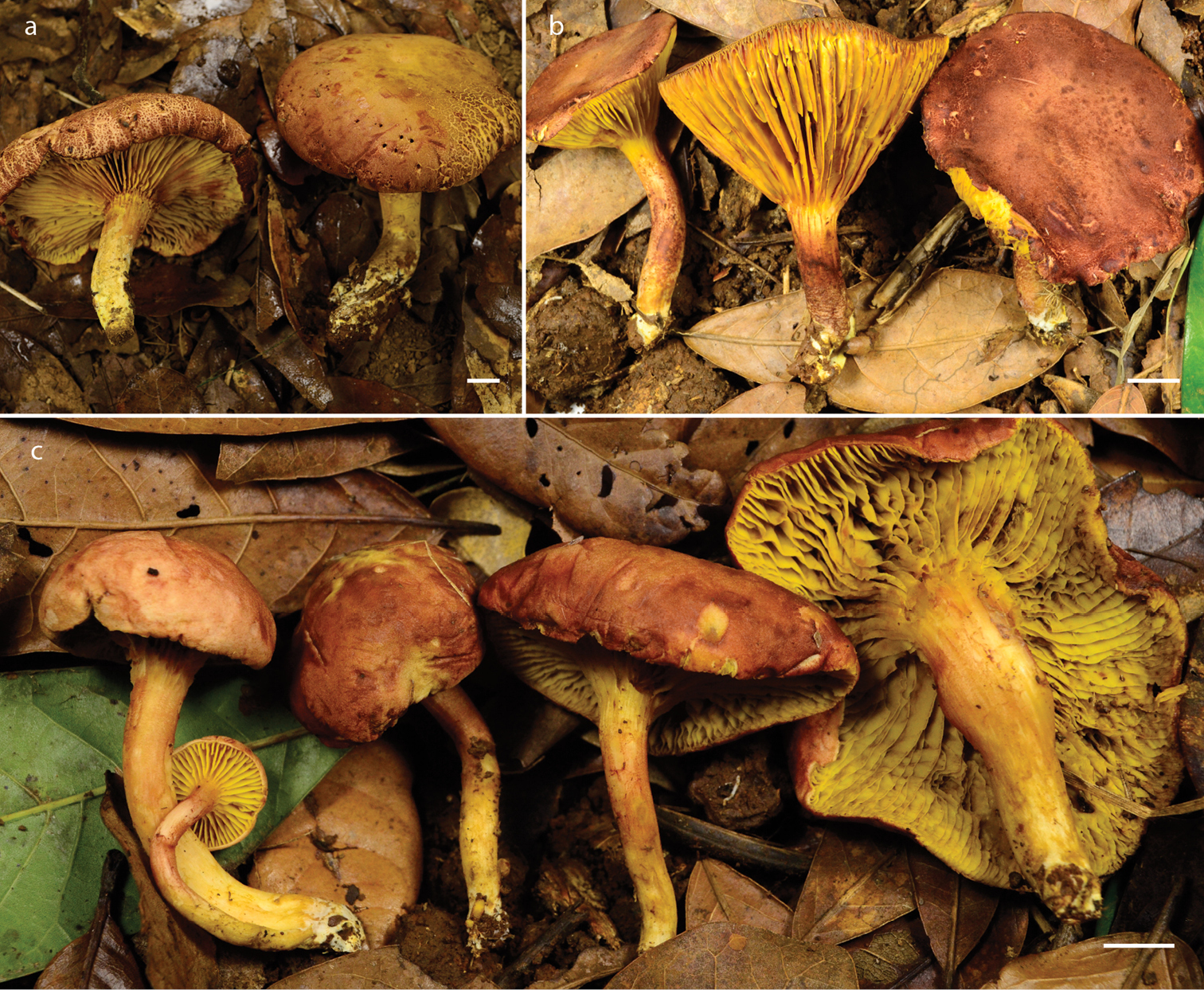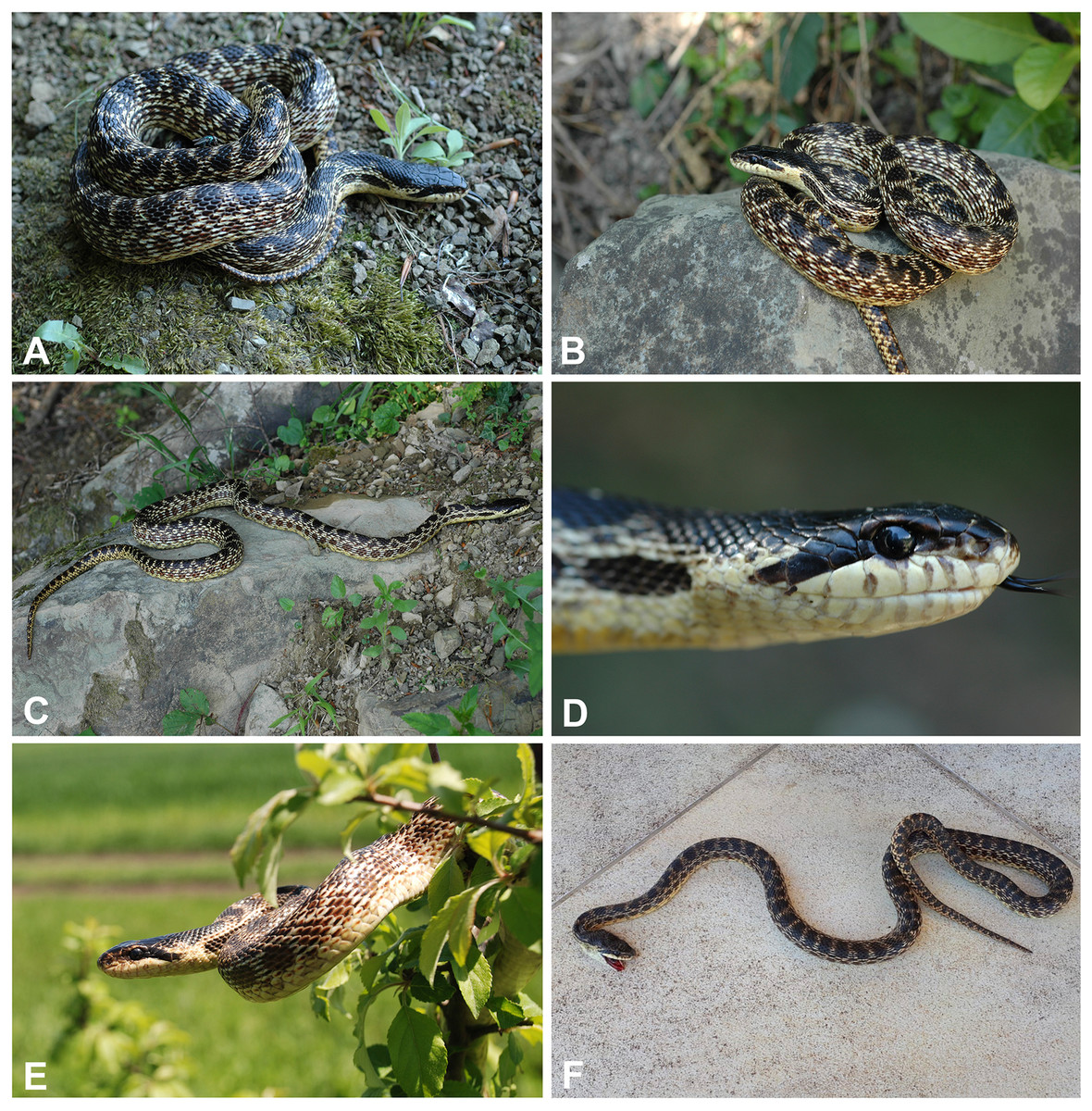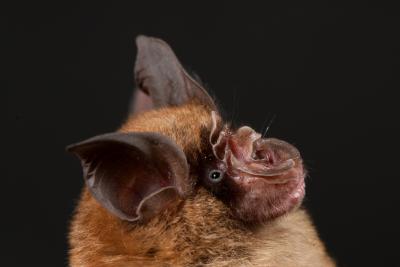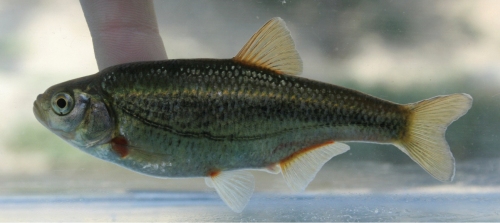by Piter Kehoma Boll
Here is a list of species described this month. It certainly does not include all described species. You can see the list of Journals used in the survey of new species here.
Bacteria
- 6 new acidobacteriotes: Mesoterricola silvestris gen. nov., sp. nov., Mesoterricola sediminis sp. nov., Geothrix oryzae sp. nov., Geothrix edaphica sp. nov., Geothrix rubra sp. nov., and Geothrix limicola sp. nov.;
- 10 new actinomycetotes: Clavibacter lycopersici; Streptomyces fuscus; Streptomyces silvisoli and Streptomyces tropicalis; Microbacterium plantarum and Microbacterium thalli; Nocardioides pini and Nocardioides pinisoli; Dermatobacter hominis; Streptomyces cynarae;
- 6 new bacillotes: Claveliimonas bilis; Peptoniphilus equinus; Aerococcus tenax sp. nov., Aerococcus mictus sp. nov., and Aerococcus loyolae sp. nov; Fundicoccus culcitae;
- 13 new bacterioidotes: Hymenobacter cellulosilyticus sp. nov., Hymenobacter cellulosivorans sp. nov., Hymenobacter aerilatus sp. nov., Hymenobacter sublimis sp. nov. and Hymenobacter volaticus sp. nov.; Winogradskyella vincentii sp. nov. and Winogradskyella alexanderae sp. nov.; Chryseobacterium luquanense; Kaistella polysaccharea; Hufsiella ginkgonis gen. nov., sp. nov. and Hufsiella arboris sp. nov.; Muricauda meishanensis; Emticicia fluvialis;
- 5 new cyanobacteria: Albertania egbensis and A. latericola; Egbenema aeruginosum, Egbenema epilithicum, Egbenema gypsiphilum;
- 1 new planctomycetote: Stieleria tagensis;
- 20 new pseudomonadotes: Pseudophaeobacter profundi; Sphingomonas oryzagri; Hoeflea algicola sp. nov. and Hoeflea ulvae sp. nov.; Neorhizobium turbinariae; Falsirhodobacter algicola; Cereibacter flavus; Silvimonas soli; Parasedimentitalea psychrophila; Roseateles albus sp. nov., Roseateles koreensis sp. nov. and Janthinobacterium fluminis sp. nov.; Novosphingobium cyanobacterium; Novosphingobium beihaiensis; Pseudomonas benzopyrenica; Oryzibacter oryziterrae gen. nov., sp. nov.; Alteromonas gilva sp. nov. and Erythrobacter fulvus sp. nov.; Alkalimarinus alittae; Fluviispira vulneris;
- 2 new verrucomicrobiotes: Methylacidiphilum kamchatkense; Methylacidiphilum caldifontis gen. nov., sp. nov.;
Archaeans
- 5 new euryarchaeotes: Natronosalvus halobius gen. nov., sp. nov., Natronosalvus caseinilyticus sp. nov., Natronosalvus vescus sp. nov., Natronosalvus rutilus sp. nov. and Natronosalvus amylolyticus sp. nov.;

SARs
- 3 new ciliates: Trematosoma husselae; Platina marina gen. nov., sp. nov., Parametacystis pulchra gen. nov.;
- 2 new apicomplexans: Isospora juruviarae; Leucocytozoon cariamae;
- 1 new endomyxan: Pseudovampyrella minor;
- 3 new ochrophytes: Rhoicosphenia johannessoniae; Mallomonas pseudocorymbosa; Craspedostauros nazmii;

Plants
- 1 new rhodophyte: Porolithon howensis;
- 1 new chlorophycean: Johansenicoccus eremophilus;
- 1 new zygnematphycean: Spirotaenia tetrahelica;
- 1 new marchantiophyte: Gymnomitrion vietnamicum;
- 1 new antherocerotophyte: Phymatoceros binsarensis;
- 2 new bryophytes: Grimmia shevockii and G. insolita;
- 5 new pteridophytes: Leptochilus scandens; Polystichum sunhangii, P. wusugongii, and P. xinfeniae; Pilularia ethiopica;
- 1 new magnoliid: Aristolochia crocea;
- 15 new monocots: Yushania tongziensis; Barbacenia glaucescens and B. mellosilvae; Cleisostoma mulunense; Agave mayo; Gigantochloa brachystachya and G. maneensis; Truongsonia lecongkietii; Cyrtopodium izaguirreae; Rohdea tuberculata; Chiloschista sp.; Commelina occulta; Aspidistra shimentaiensis; Eulophia edwardii; Allium farashinense;
- 32 new eudicots: Drosera maanyaa-gooljoo; Eperua froesii, E. reddeniae; Salvia changchuniana; Raphiocarpus bicallosus; Begonia sp.; Begonia tiradpassensis and Begonia bessangpassensis; Begonia piraquara; Pleroma curucutuense; Elaeocarpus mahamayensis; Impatiens sp..; Poteranthera inopinata; Aegokeras gazipashensis; Trigonella selcuk-bayraktarii; Polystemma stevensii; Allamanda alagoana; Ceropegia cryptobarbata; Viola austroyunnanensis; Gonolobus sanmartinus; Eriosema parvifolium; Mendoncia amabilis; Asclepias minutissima, Cochlospermum adjanyae, Baphia arenicola, Endostemon palustris; Iochroma orozcoae; Ardisia recurvipetala; Mitreola quanruii; Stauranthera floribunda; Hiptage stenopterum; Taraxacum wuqiaense;
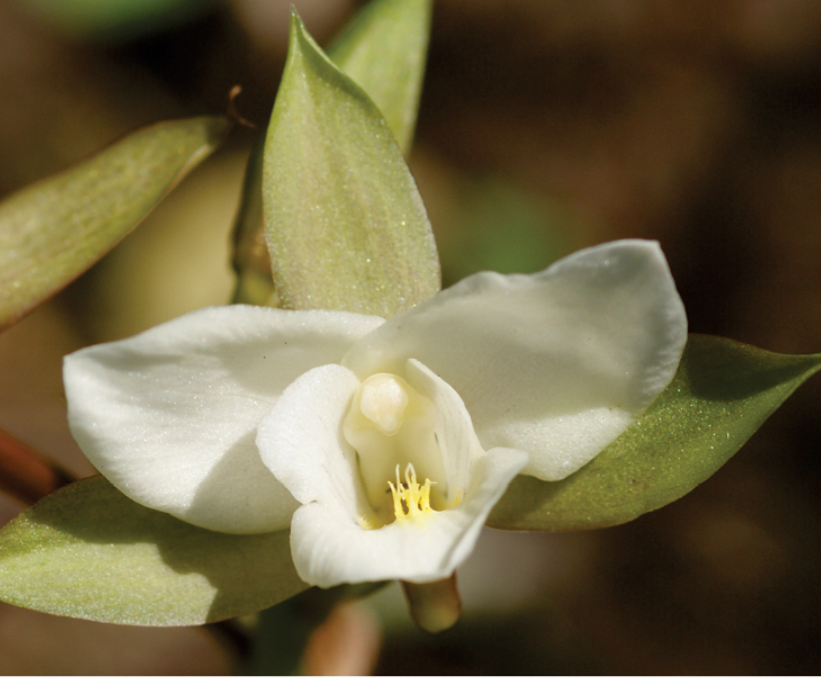
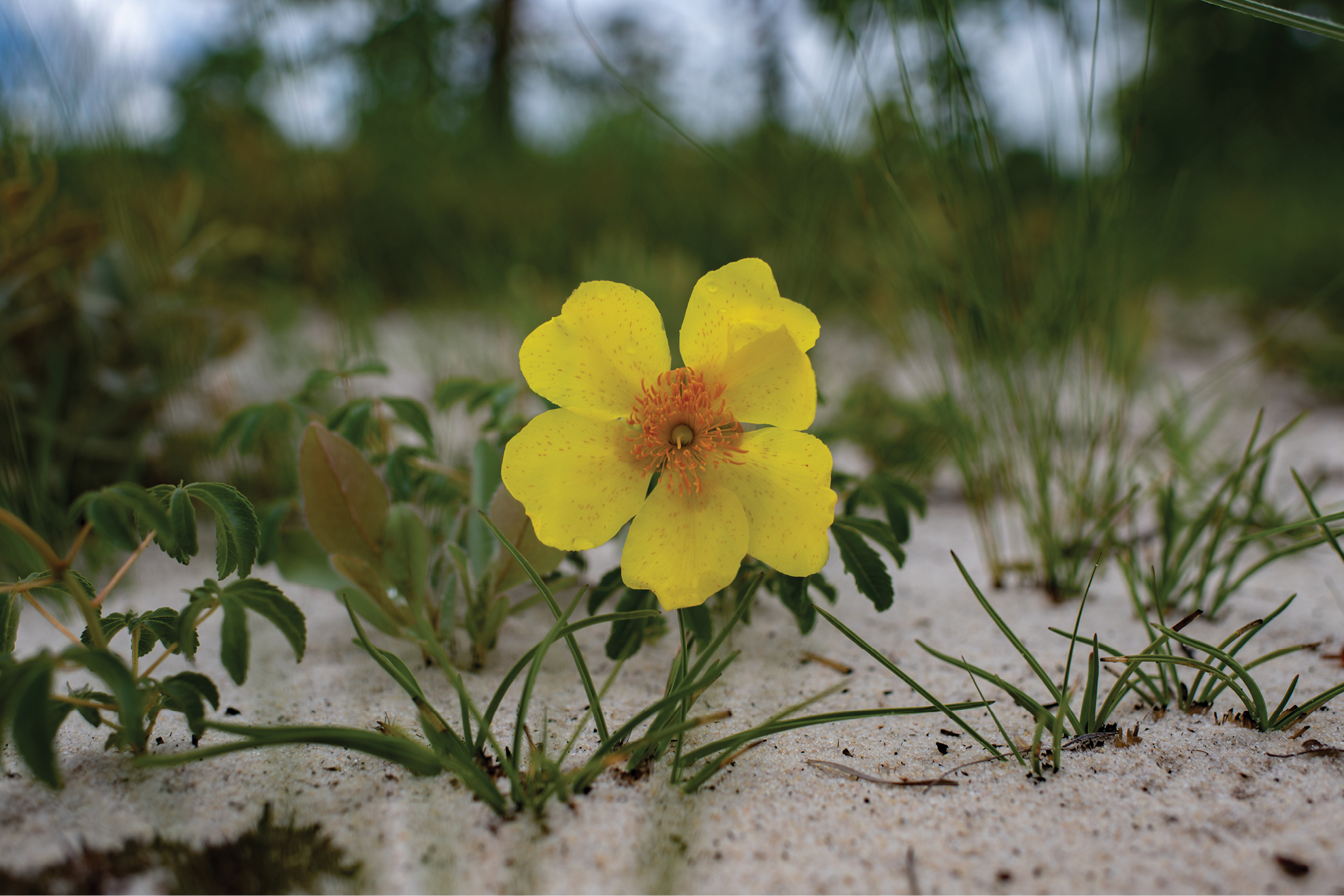
Excavates
- 2 new metamonads: Tritrichomonas musculus n. sp., and Tritrichomonas casperi n. sp.;
Amoebozoans
- 2 new myxomycetes: Physarum karamanicum; Macbrideola gallicola;
Fungi
- 24 new ascomycetes: Wongia suae; Hydnotrya qinghaiensis; Tayloriellina malmeana; Arxiella longispora; Dothiorella saprophytica; Digitopodium citri; Chrysofolia kunmingensis; Helvella submacropus; Calcarisporium yuanyangense; Penicillium thailandense; Colletotrichum juglandicola and C. peakense; Trichoderma albidum, T. variegatum; Samsoniella duyunensis, S. vallis; Penicillium rhizophilum; Teunomyces gombertii f.a., sp. nov., Teunomyces landelliae f.a., sp. nov., Teunomyces ledahaglerae f.a., sp. nov. and Teunomyces paulamoraisiae f.a., sp. nov.; Erysiphe canariensis; Metschnikowia kenjo and M. seizan;
- 14 new basidiomycetes: Vanderbylia kashmiriana; Calostoma naaxtutus and Calostoma tooteic; Entoloma punjabensis; Flaviporus albus; Trechispora laxa, T. tongdaoensis; Mallocybe pakistanica, M. pinicola; Hannaella oleicumulans sp. nov. and Hannaella higashiohmiensis sp. nov.; Russula pseudomodesta and R. sribuabanensis; Cortinarius chrysophilus;

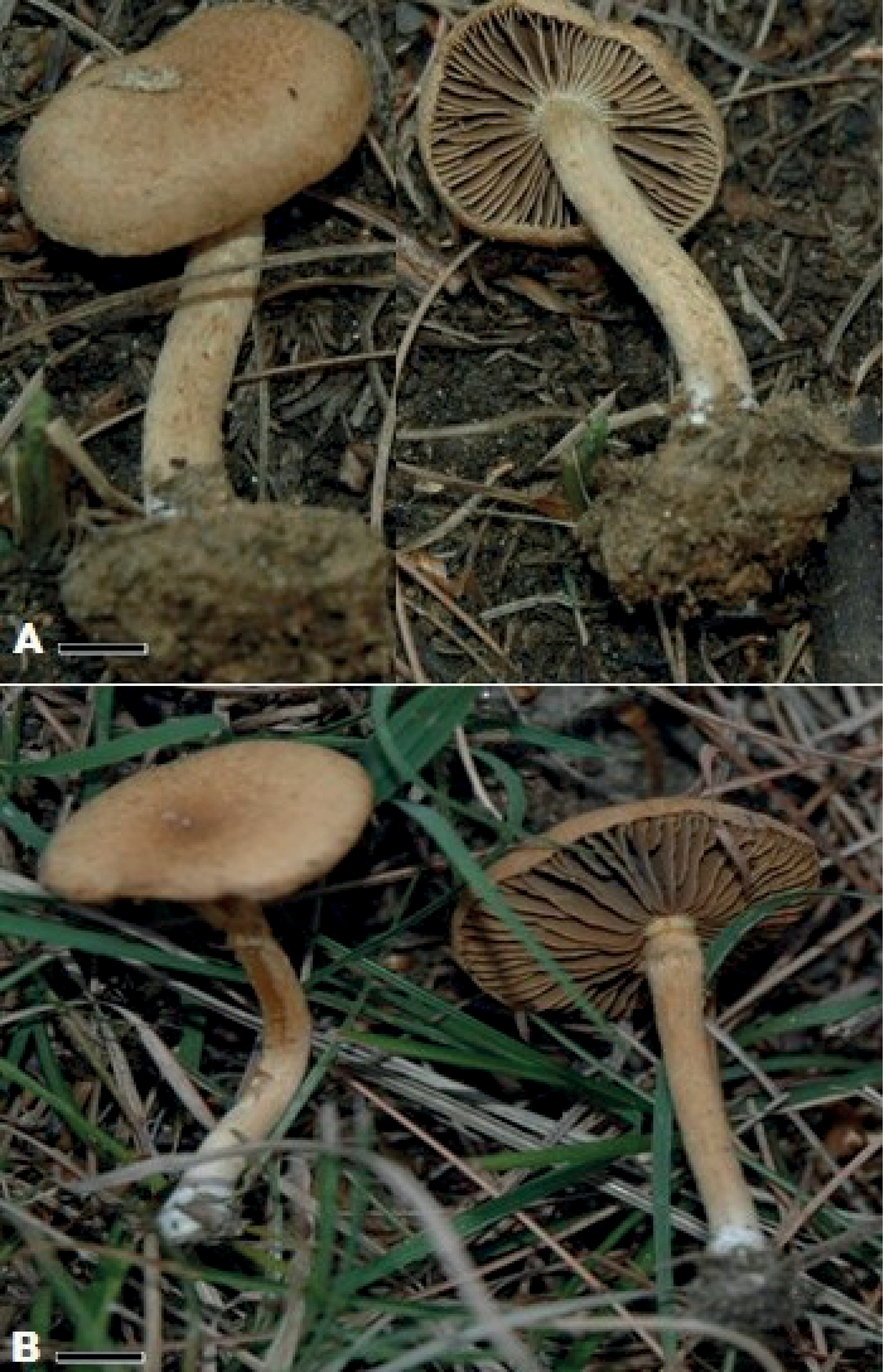
Sponges
- 3 new calcareans: Ascandra alba sp. nov., Clathrina robusta sp. nov., C. soluta;
- 7 new demosponges: Fascaplysinopsis F. palauensis sp. nov., F. klobos sp. nov. and F. ronquinni sp. nov. ; Skolosachlys enlutea sp. nov. and S. nidus sp. nov.; Rubrafasciculus cerasus sp. nov. and R. fijiensis sp. nov..;
Cnidarians
- 2 new myxozoans: Chloromyxum dasyatidis; Ellipsomyxa intravesica;
Echinoderms
- 1 new ophiuroid: Ophiuroglypha fendouzhe;
- 1 new crinoid: Panglaocrinus isseliformis;
Actinopterygians
- 1 new badid: Badis limaakumi;
- 2 new characiforms: Characidae Gen. et spp.;
- 1 new cypriniform: Oreonectes damingshanensis;
- 3 new gobiiforms: Callogobius williamsi; Varicus prometheus, V. roatanensis;
- 1 new labriform: Paracheilinus amanda;
- 2 new perciforms: Opistognathus ctenion; Caesio idreesi;
- 1 new siluriform: Liobagrus geumgangensis;


Amphibians
- 3 new anurans: Leptobrachella wumingensis; Pristimantis donnelsoni, P. kayi;

Mammals
- 2 new eulipothyphlans: Soriculus nivatus sp. nov. and Soriculus medogensis sp. nov.;
- 1 new rodent: Rhipidomys sp.;
Reptiles
- 16 new squammates: Amalosia hinesi sp. nov., Amalosia saxicola sp. nov., Amalosia nebula sp. nov. , Amalosia capensis sp. nov., Amalosia queenslandia sp. nov.; Rhabdophis sp.; Lepidopdactylus sp.; Cyrtodactylus sungaiupe, Cyrtodactylus wangkhramensis; Achalinus sheni; Trimeresurus ciliaris; Iphisa surui, I. munduruku, I. dorothy, I. pellegrino, I. brunopereira; Hemachatus nyangensis;
- 1 new bird: Schiffornis cracrafti;
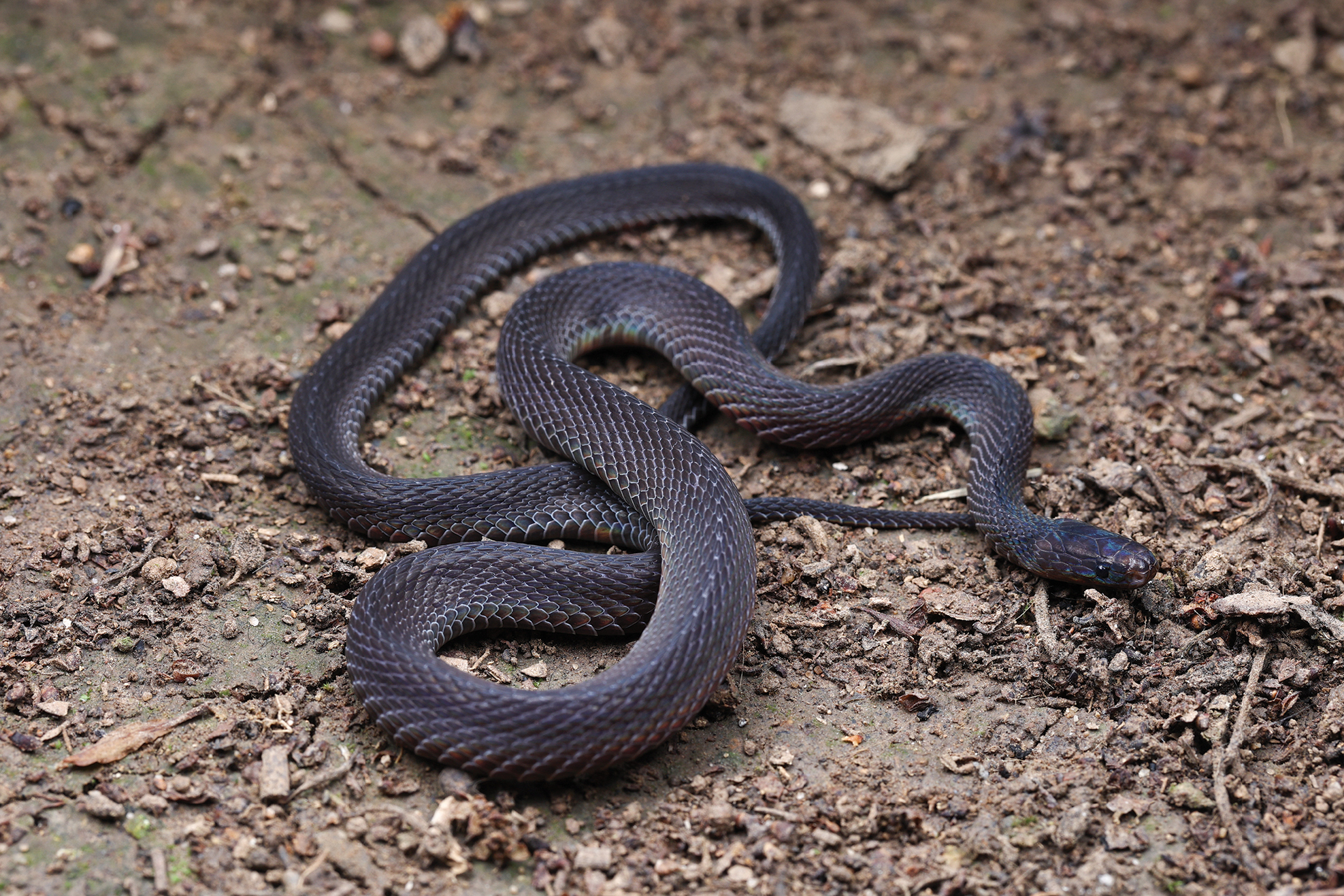
Gastrotrichs
- 6 new species: Heterolepidoderma kolickae, H. striatum, Halichaetoderma fluviatile, H. rivale, H. aureum;
Flatworms
- 10 new monogeneans: Gyrodactylus ellae n. sp., G. hamdii n. sp., G. hanseni n. sp., G. huyseae n. sp., G. kuchtai n. sp., G. lummei n. sp., G. mendeli n. sp., G. prikrylovae n. sp., G. scholzi n. sp., and G. steineri n. sp.;
- 1 new cestode: Neoskrjabinolepis paradoxa;
Annelids
- 5 new polychaetes: Travisia satunensis sp. nov. and T. thailandensis sp. nov.; Nereis anoculepitoka, N. mariellae, N. saramagoi;
- 4 new clitellates: Hoplochaetella darwini; Dina imeretiensis sp. nov. and D. samegreloensis sp. nov.; Austroplatybdellina prodiga;
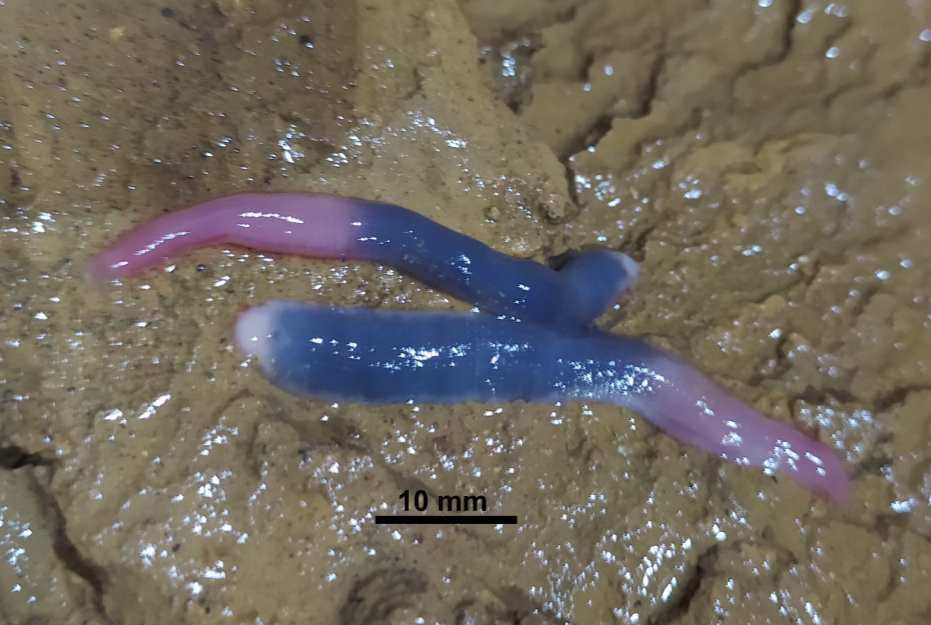
Mollusks
- 39 new gastropods: Boreancistrolepis excelsus n. gen. & n. sp., Aleutijapelion mirandus n. gen. & n. sp.; Beringius nearensis n. sp., B. amliensis n. sp., B. bisulcatus n. sp., B. kiskensis n. sp., B. stanchfieldi n. sp., B. frausseni n. sp., B. aurulentus n. sp., B. maristempestus n. sp., B. undataformis n. sp.; Exiloberingius exiguus n. gen. & n. sp., Aulacofusus canaliculatus n. sp., A. tanagaensis n. sp.; Neptunea aleutica n. sp., N. baxteri n. sp., N. dominator n. sp., N. petrelensis n. sp., N. quhmax n. sp., N. vesteraalen n. sp.; N. harrisoni n. sp., N. jewetti n. sp., Laevisipho galaxaios n. gen & n. sp., L. kessleri n. sp.; Volutopsius nanus n. sp., Volutopsius gracilis n. sp.; Crebrivolutopsius labidentatus n. gen. & n. sp., Castaneobuccinum orri n. gen. & n. sp., C. lauthi, n. sp., C. clinopsis n. sp., C. pagodaformis n. sp.; Sulcosinus carinatus n. sp.; Buccinum lanatum n. sp.; and Buccinum katharinae n. gen. & n. sp; Gyliotrachela khmeriana; Coccoglypta limenghuai; Siamoconus boreas sp. nov., S. coleus sp. nov. and S. geotrochoides sp. nov.;
- 1 new bivalvian: Pseudocuneopsis wuana;
Nematodes
- 1 new enoplean: Litinium macramphida;
- 5 new chromadoreans: Cyartonema breviseta; Chisholmia shimae; Cosmocerca goroensis; Steinernema shori; Pellioditis pelhamensis;
Tardigrades
- 1 new species: Batillipes kalami;


Arachnids
- 13 new mites: Arrenurus piersigi; Torrenticola eseni; Ixodes nipponrhinolophi, I. fuliginosus, I. fujitai; Julolaelaps gigas; Alismobates piratus; Mamersa neorouxi n. sp., Pseudohydryphantes crenulatus n. sp., Pseudohydryphantes pandanus n. sp., Pseudohydryphantes corniculatus n. sp. and Tartarothyas gracilipes n. sp.; Tetranychus algarrobus;
- 6 new harvestmen: Cajango spp., Titanoleptes spp.; Tegestria altmannae;
- 35 new pseudoscorpions: Indohya anastomosa, I. adlardi, I. alexanderi, I. aphana, I. aquila, I. arcana, I. arnoldstrongi, I. boltoni, I. cardo, I. catherineae, I. cockingi, I. cribbi, I. draconis, I. furtiva, I. incomperta, I. jessicae, I. lynbeazlyeae, I. morganstrongi, I. rixi, I. sagmata, I. scanloni and I. silenda, I. currani, I. finitima, I. julianneae, I. karenae and I. sachsei; Pseudochthonius lubueno; Aldabrinus rixi sp. nov., Nobilipinus N. affinis, N. galeatus, N. karenae, N. kohi and N. tricosus, and Solinus pingrup sp. nov.;
- 1 new scorpion: Leiurus hadb;
- 67 new spiders: Falconina iza sp. nov., F. taita sp. nov., F. catirina sp. nov. (♂ from Piauí, Brazil); F. adriki sp. nov., F. andresi sp. nov., F. brignolii sp. nov.; Matinta tatianae sp. nov., Matinta maddisoni sp. nov., Matinta pereirae sp. nov., Matinta aragog sp. nov.; Utivarachna itiokai; Stasimopus dylani sp. nov., S. finni sp. nov., S. hamartia sp. nov., S. ignis sp. nov., S. karooensis sp. nov., S. malesociatus sp. nov., S. tera sp. nov., S. theaei sp. nov. and S. venterstadensis sp. nov.; Belisana chuandiani Li, Zheng & Yao sp. nov., B. daxiangi Li, Zheng & Yao sp. nov., and B. fengzheni Li, Zheng & Yao sp. nov.; Scotinella garman sp. nov. and S. poncei sp. nov.; Xizangiana benae, X. longlin, X. namchabarwa, X. shenxian and X. xiangbi; Callitrichia asela, Callitrichia protegularis, Microcyba magna, Microcyba oromia, Pelecopsis arsi, Savignia ericola, and Walckenaeria (Tigellinus) trivialis; Palpimanus godawan, P. maldhok; Roddenberryus kirk, R. spock and R. mccoy; Cymbiapophysa falconi, Cymbiapophysa homeroi, Cymbiapophysa carmencita; Pholcus duryun, P. hwaam, P. mohang, P. worak, and P. yangpyeong; Chilobrachys natanicharum; Otacilia anfu, O. guanshan, O. mingyueshan; Pardosa armeniaca; Camptoscaphiella hudie, C. yinglefeng, C. yujufeng; Venomius tomhardyi; Vitalius restinga sp. nov. and V. sapiranga sp. nov.; Bacelarella machadoi sp. nov., Finger chitato sp. nov., Finger lechi sp. nov., Lictor tchimbele sp. nov., Thiratoscirtus obesus sp. nov. and Thiratoscirtus tenuis sp. nov.;

Myriapods
- 1 new diplopod: Sphaerobelum turcosa;

Crustaceans
- 4 new ostracodes: Triangocypretta angustus gen. et spec. nov., Triangocypretta labiata gen. et spec. nov., Triangocypretta nates gen. et spec. nov., Triangocypretta hirsuta gen. et spec. nov.;
- 5 new copepods: Cerviniella bisegmenta, C. permixta; Rhyncholagena cuspis; Cymbasoma norvegicum, Cymbasoma pedroi;
- 1 new tanaidacean: Nototanoides oliveri;
- 1 new bathynellacean: Hobbsinella gunnisonensis;
- 1 new amphipod: Crangonyx stinei;
- 1 new decapod: Candidiopotamon penglai;

Hexapods
- 5 new collembolans: Paranura tsushimaensis; Parisotoma ruseki sp. nov., P. yehlathi sp. nov., and Folsomotoma amyliuae sp. nov.; Anurida octoculata;
- 4 new diplurans: Austrjapyx wynbergensis Sendra & Sánchez-García sp. nov., Imazighenjapyx marocanus Sendra & Sánchez-García gen. et sp. nov., Opisthjapyx naledi Sendra & Sánchez-García sp. nov. and Teljapyx aotearoa Sendra & Sánchez-García sp. nov. ;
- 1 new odonate: Epipleoneura parmula;
- 3 new ephemeropterans: Neoleptophlebia uncinata; Baetis rifensis; Thraulodes viola;
- 2 new plecopterans: Antarctoperla aonikenk; Neowuia wuyishana;
- 2 new embiopterans: Biguembia flavibrunnea n. sp. and B. pulchra n. sp.;
- 12 new orthopterans: Apterolarnaca spp.; Diestramima pingmengensis, D. gulinjingensis; Mongolotettix sp.; Hedotettix samitae; Sichuana planicercata sp. nov., S. curvicercata sp. nov., S. longilamina sp. nov. and S. magnicerca sp. nov.;
- 1 new dictyopteran: Metaphotina austri;
- 28 new hemipterans: Oecleus urru; Cobacella palmensis; Dilacreon (Dilacreon) deltodontus sp. nov., Dilacreon (Eluzalmon) apiculatus sp. nov., D. (E.) arcuatus sp. nov., D. (E.) biprocessus sp. nov., D. (E.) congjiangensis sp. nov., D. (E.) distentus sp. nov., D. (E.) erectus sp. nov., D. (E.) falcatus sp. nov., D. (E.) parapentagonus sp. nov., D. (E.) transversus sp. nov., Kirbyana projecta sp. nov., K. spinata sp. nov., Neocarpia brevispina sp. nov., N. longispina sp. nov. and N. trispina sp. nov.; Bambuphaga balajii; Aodingus hainanensis Chen & Li gen. et sp. nov., A. obscurus Chen & Li gen. et sp. nov. and A. cuongi Chen & Li gen. et sp. nov.; Orinda (Montorinda) eungellana and O. (Montorinda) montana; Rhyacobates bui, R. elongatus and R. turgidus; Planococcus camelliae; Cavichiana caelivittata;
- 114 new coleopterans: Papuamicrus globosus; Ecitonides constanceae; Craspedostethus izehensis sp. n., Dicronychus khuzestanicus sp. n., Gurjevelater catei sp. n.; Lomechusoides chekanovskiyi Jászay, Hlaváč & Baňař sp. nov.; L. dlabolai Jászay, Hlaváč & Baňař sp. nov.; L. drobovi Jászay, Hlaváč & Baňař sp. nov.; L. dudkorum Jászay, Hlaváč & Baňař sp. nov.; L. fallax Jászay, Hlaváč & Baňař sp. nov.; L. folgaricus Jászay, Hlaváč & Baňař sp. nov.; L. inflatiformis Jászay, Hlaváč & Baňař sp. nov.; L. poppiusi Jászay, Hlaváč & Baňař sp. nov.; L. primoricus Jászay, Hlaváč & Baňař sp. nov.; L. przewalskyi Jászay, Hlaváč & Baňař sp. nov.; L. reitteri Jászay, Hlaváč & Baňař sp. nov.; L. richteri Jászay, Hlaváč & Baňař sp. nov.; L. rossii Jászay, Hlaváč & Baňař sp. nov.; L. zerchei Jászay, Hlaváč & Baňař sp. nov.; and L. zeyai Jászay, Hlaváč & Baňař sp. nov.; Paulianidia parahammondi; Aneflus (Aneflus) monzoni, and Aegomorphus personatus; Euconnus (s. str.) bibaculoides sp. n., and E. (s. str.) mimicus sp. n.; Phyllophaga (Chlaenobia) choco; Yukikoa mashimai, Y. nishimotoi; Afropselaphus taygetensis sp. n., Afropselaphus tymficus sp. n. and Afropselaphus euboicus sp. n.; Lethrus (Mesolethrus) dyonini; Phlaeopterus sp.; Dihammaphora erecta, Colombicallia contraria; Philcarneum aenigma, Constricticollis clunis; Myoplatypus petrovi, M. quadricornis, M. nicaraguensis; Bisayodes hure Wakimura & Jałoszyński, sp. n. and Tohlezkus uminchu Jałoszyński, sp. n.; Gastroserica kachin, G. horii, G. muongphangensis; Cephennodes gusu; Batrisiella riparia, Nipponobythus varicornis; Eremochorus (Eremochorus) kalashiani ; Synapion (Parasynapion) lyubechanskii; Helophorus brumopluvialis, H. nyandaruaensis and H. simiensis; Athyreus joseferreirai; Pseudophanias furcilobus, P. leigong, P. mulun; Passalus (Passalus) chechai, Passalus (Passalus) florezi; Sceloattalus nigroprominens; Baehria separata; Pseudomezium altimontanum, Pseudomezium glabrum, Pseudomezium periculum, Pseudomezium stenochasma and Pseudomezium swartbergense; Caenoscelis koreanus; Urophorus (Anophorus) cordiformis; Pachybrachis pima; Notionotus hamus; Zethopsus omibongensis, Euplectomorphus pygmaesimilis and Parapyxidicerus koreanus; Rastrogenius ambrosiaphilus; Aleomallus yaque; Cymindoidea seoniensis; Prionocyphon borowieci sp. nov. , P. championi sp. nov., P. costaricanus sp. nov., P. crassicornis sp. nov. , P. inca sp. nov., P. lescheni sp. nov., P. lyra sp. nov., P. meridensis sp. nov., and P. napoensis sp. nov.; Archaeoglenes borowieci; Laocnemis borowieci; Stenolamus borowieci; Pteromahutia borowieci; Gonioctena borowieci; Androya borowieci sp. nov., Cassida borowieci sp. nov., C. donaldi sp. nov., C. jirka sp. nov., C. jolantae sp. nov., C. katka sp. nov., C. kuglerovae sp. nov., C. lechi sp. nov., C. matyasi sp. nov., C. sipovae sp. nov., and C. vlasta sp. nov.; Acolastus borowieci sp. nov. and A. namibianus sp. nov.; Calotheca borowieci sp. nov. and C. orophila sp. nov. ; Shairella borowieci sp. nov. (China) and S. hsiehae sp. nov. ; Charaea borowieci sp. nov., Ch. bryanti sp. nov.; Diselmobius lechi; Hadesia persephonae, H. ticari, Nauticiella numerosa; Cyclocephala kuijteni;
- 2 new strepsipterans: Coriophagus chaudhuri; Brasixenos mesoamericanus;
- 2 new neuropterans: Nemoleon ghoshi, Nemoleon madayiensis;
- 1 new megalopteran: Sialis kouwenkaii;
- 19 new hymenopterans: Leptobatopsis yaima; Bracon (Pseudochivinia) tobiasi; Messatoporus claretee sp. nov., Messatoporus luizae sp. nov. and Messatoporus suzane sp. nov. ; Capitojoppa amazonica; Ophiclypeus chiangmaiensis, O. dvaravati, O. junyani; Megischus shixiangi; Doryctes (Doryctes) planus; Messor erwini; Camptothlipsis similis; Proformica borowieci ; Aleiodes ceres; Pseudephedrus staryi sp.n., P. pubescens sp.n., P. flava sp.n. and P. patagonicus sp.n.;
- 20 new dipterans: Pseudokiefferiella matafonovi, Ps. silinka; Pieza globosa; Neorhinotora fapema; Centris (Xanthemisia) jakalteka sp. nov., C. maya sp. nov. and C. purhepecha sp. nov.; Coronamyia paschoali sp. nov., C. santosi sp. nov., C. triangularis sp. nov., and C. trilobata sp. nov.; Asindulum flavidum n. sp., A. mexicanum n. sp., Macrorrhyncha borealis n. sp., and M. vockerothi n. sp.; Agenamyia colombiana, Agenamyia maculata, Agenamyia timida; Hershkovitzia autinoae; Conosiphon ianus;
- 56 new lepidopterans: Agojie rupicola; Conisania sejilaensis; Athrips nigribasella sp. nov., A. dorsochrella sp. nov., A. macrosignella sp. nov., A. spinosum sp. nov., A. asymmetrica sp. nov.; Filatima magnanella Oh & Li, sp. nov., F. nanjiangica Oh & Li, sp. nov., F. taxkorgana Oh & Li, sp. nov. and F. yanchiensis Oh & Li, sp. nov.; Subniganda bambusoides; Nephelomilta medogensis, N. nu; Synochoneura wuyishana; Teulisna munnara; Eucalantica nestori; Nemophora pseudalbiantennella Liao, Hirowatari & Huang, sp. nov., N. badagongshana Liao, Hirowatari & Huang, sp. nov., N. longlabiae Liao, Hirowatari & Huang, sp. nov., N. quadrata Liao, Hirowatari & Huang, sp. nov., N. basalistriata Liao, Hirowatari & Huang, sp. nov., N. digitata Liao, Hirowatari & Huang, sp. nov., N. duplicifascia Liao, Hirowatari & Huang, sp. nov., N. hunanensis Liao, Hirowatari & Huang, sp. nov., N. purpurata Liao, Hirowatari & Huang, sp. nov., N. arcuatifasciata Liao, Hirowatari & Huang, sp. nov., N. caeruliantenna Liao, Hirowatari & Huang, sp. nov., N. xizangensis Liao, Hirowatari & Huang, sp. nov., N. caerulea Liao, Hirowatari & Huang, sp. nov., N. songgangensis Liao, Hirowatari & Huang, sp. nov., N. conjugata Liao, Hirowatari & Huang, sp. nov., N. latilobula Liao, Hirowatari & Huang, sp. nov., N. longispina Liao, Hirowatari & Huang, sp. nov., N. ganziensis Liao, Hirowatari & Huang, sp. nov., N. jiajinshana Liao, Hirowatari & Huang, sp. nov., N. litangensis Liao, Hirowatari & Huang, sp. nov., N. tianpingshana Liao, Hirowatari & Huang, sp. nov., N. triangulifascia Liao, Hirowatari & Huang, sp. nov., N. yajiagengensis Liao, Hirowatari & Huang, sp. nov., and N. bispina Liao, Hirowatari & Huang, sp. nov.; Chryseacampa evani sp. n. and Chryseacampa ralphyi sp. n.; Afrikanetz foucauldi; Sonitha sophia sp. n. and Sonitha sara sp. n.; Psychidarbela lehmanni and Psychidarbela blancoi; Trismelasmos obiensis; Hermonassa nigricans, H. conusa, H. brunneocuprina, H. albimacula, H. linzhiensis; Loxocorys curvilineata; Neolucia bollami;
